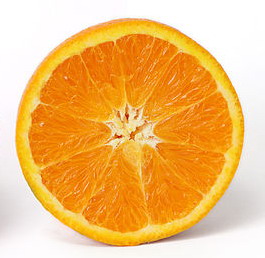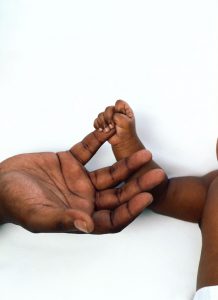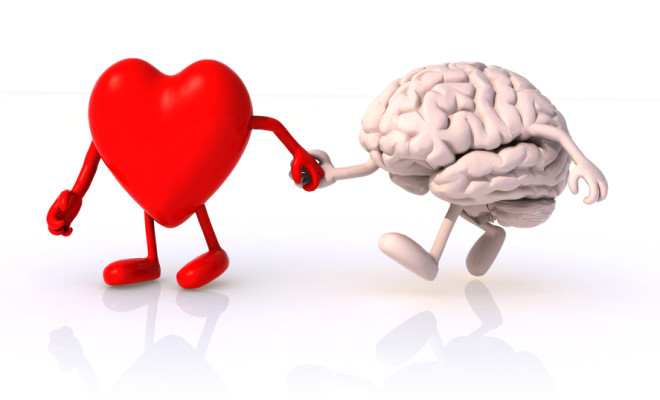Do you have patients who have experienced a high velocity injury? An automobile accident, a fall, or exposure to a blast? We acupuncturists have much to offer.
These injuries can create massive disruption in the physiology and function of connective tissue. They can create complex and difficult to manage pain patterns and leave a person feeling fragmented and missing a sense of connection with themselves and others.
Fascia, one type of connective tissue, is particularly vulnerable to high velocity injuries. In theory, fascia is universally elastic. It is the web that receives the impact and is always part of the experience of a high velocity injury.
Fascia penetrates, surrounds and connects every organ, tissue and cell. It helps us make relationships and boundaries. It contains every shape, crease and fold in our bodies. If we took everything away and left only our connective tissue, we would still be completely recognizable. One theory of acupuncture says that our needles stimulate movement and regulation of Qi via the connective tissue. Sounds like Yuan Qi, doesn’t it?
The trauma of high velocity injuries can leave our fascia thickened with scar tissue build up. Our boundaries become so thick and inflexible that we can’t connect with others. This is a powerful metaphor for our mental health and social engagement. Fascia is a physical structure that supports both a physical and an emotional function.
 The Triple Burner, whose job it is to distribute Yuan Qi to every meridian and support our capacity to be in relationship with others will be a powerful way to access these body-mind-spirit manifestations of injury to this powerful tissue.
The Triple Burner, whose job it is to distribute Yuan Qi to every meridian and support our capacity to be in relationship with others will be a powerful way to access these body-mind-spirit manifestations of injury to this powerful tissue.
The June 9&10, Restoring Coherence workshop includes touch skills designed to restore regulation to the fascia.
Clinical Curiosity
Q. I have a patient who has fibromyalgia. She struggles with connecting with others. Her mother died when she was an infant and while she was well loved by her paternal grandmother, I wonder about the impact of the loss of her mother. When I observe her interacting with others, I notice her being quite gregarious and outgoing with strangers. She can also be light-hearted with me one-on-one. However, minutes into our session her fire seems to go out as she reverts back to stories of past traumas and old pain. We’ve made good progress in many ways, but she seems to always find her way back to a feeling of having “lost her mojo”. What can I do to support her?
 A. I think your instinct about the impact of the loss of her mother at an early age is insightful. An adult caregiver’s Ventral Vagus nerve, which mirrors the functions AAM ascribes to the Fire element, brings whole-body regulation to an infant or toddlers’ developing Ventral Vagus nerve.
A. I think your instinct about the impact of the loss of her mother at an early age is insightful. An adult caregiver’s Ventral Vagus nerve, which mirrors the functions AAM ascribes to the Fire element, brings whole-body regulation to an infant or toddlers’ developing Ventral Vagus nerve.
The structure of the Ventral Vagus is present at birth, but its function come alive through heart-to-heart connection with a loving, attentive caregiver. Children’s bodies literally learn how to be in relationship in the context of play and the soft eyes and gentle cooing of their caregivers. They learn to digest food when they eat in a loving and safe atmosphere. Every body function – including our metabolic, immune, and endocrine functions get tuned-up through heart-to-heart co-regulation with our caregivers. Grief and loss surrounded your patient at a critically important developmental time, and may have consumed her caregiver’s capacity for joy, presence and co-regulation with her.
It is interesting that she has a Western diagnosis of a connective tissue disorder, that is mirrored in her capacity to connect socially. This is a great example of the gift of AAM in the treatment of traumatic stress. Treatment to her Triple Burner will support her both physically and emotionally — and will help her move through what she missed developmentally. Your heart-to-heart connection, and your treatment in the officials of the Fire Element are invaluable. Nice opportunity!

